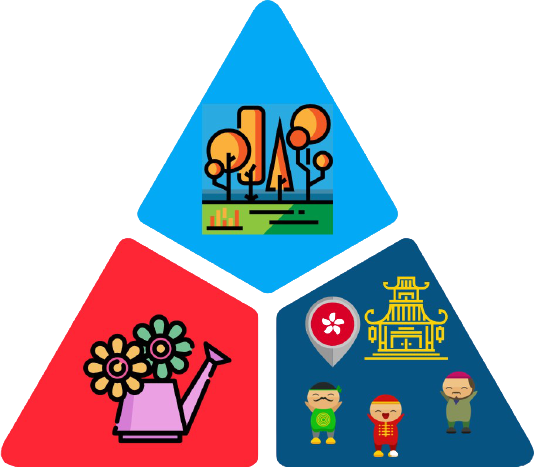傳承廣東話
Live it, grow it
通過唔同嘅工具,學習元素同基礎實踐,令學生可以順利沉浸係廣東話之中。
由熱情洋溢,充滿愛心同創造力嘅社區從業者團隊共同打造,共同創造,推動佢哋自己學習同欣賞廣東話。
By making available the tools, learning elements and foundational practices that allow a smooth immersion in living Cantonese.
Crafted by spirited, loving and creative groups of community practitioners collaborating in co-creation, driven to their own learning and appreciation of all things Cantonese.

學習元素 Learning Elements
ROMANISATION
Jyutping and Yale system improvements to help accelerate early retention
GRADED SCALE
Targeted learning based on word frequency and usage. Ensuring spaced and varied repetition and use.
WRITINGS
Graded readers and activities that introduce diverse content and interpretation within the scale developing a writing eco-system
TRANSLATIONS
Tools that make possible quick conversion of Cantonese Text to commonly used first languages in HKG

ACCENTS
Voice recordings of writings available in the various cantonese accents. Repetition through varied exposure.
TYPE TO WRITE
A practical tool generating Chinese Characters through Jyutping entry and multiple first language references
CULTURE
Recalling and celebrating Hong Kong and Cantonese Culture delivered as additional micro content in print media
CIRCLES
Creative teaching materials and process for motivated lay person to facilitate early learning
